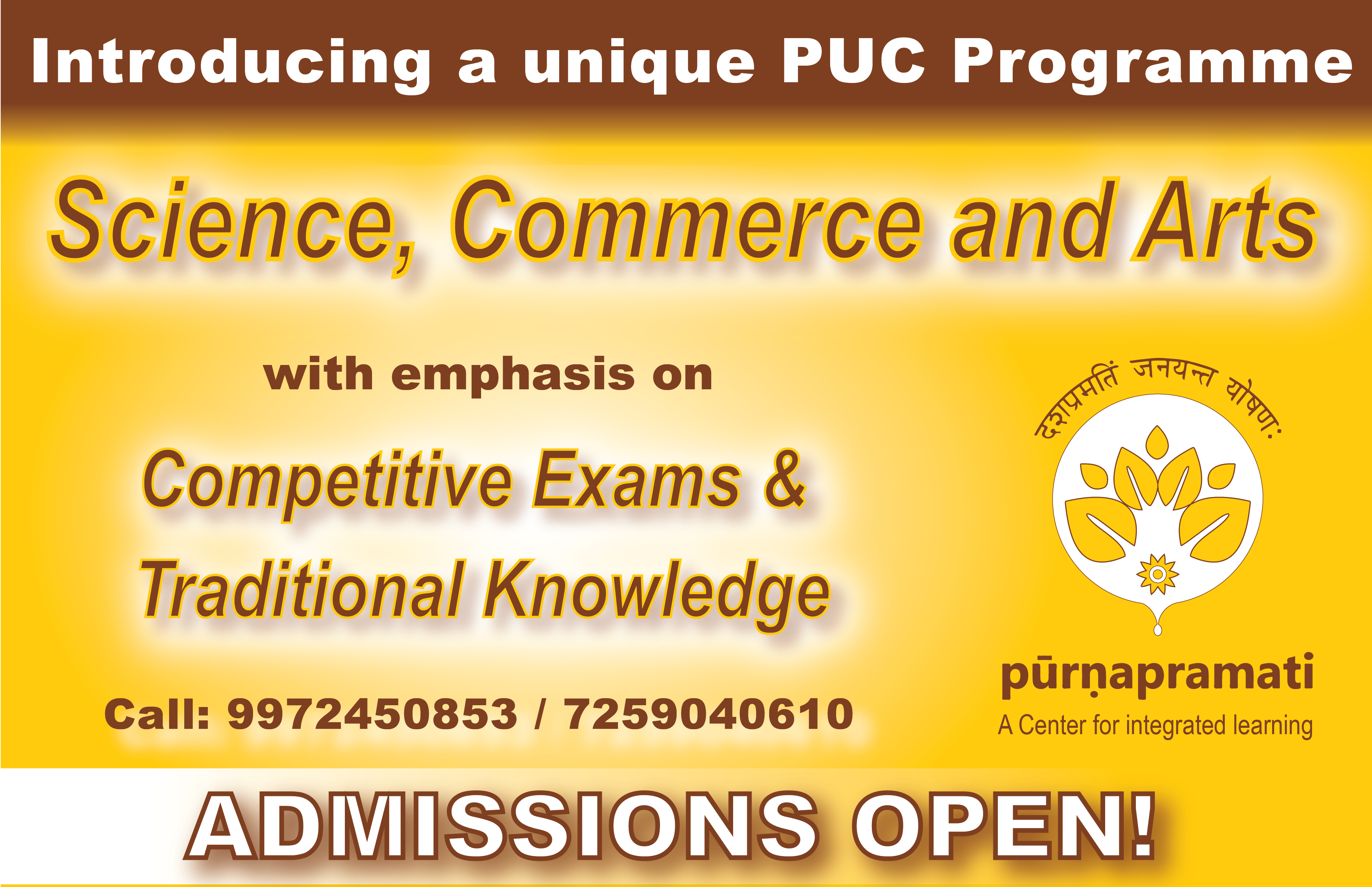Recent Updates
Subscribe
Book Review by Sanjeevini (10th grade)
Book Review: – Sanjeevini (10 Grade)
Name of the book–Reignite: Scientific Pathways to a Brighter Future
Authors– Dr.A.P.J.Abdul Kalam, Srijan Pal Singh.
This book is an informative one all about science. The authors start off with an introduction, which includes the rare qualities that scientists possess. In this introduction, they talk about the three very important qualities that make scientists who they are.
Here let us discuss more about these unique qualities or traits that make scientists who they are. This is explained with the example of three scientists. Let’s look at them one by one.
- C.V.Raman
The unique character of the well known scientist was curiosity. He was one who questioned everything and always wondered what the scientific reason behind a particular phenomenon was.
I quote the book here when I say,
“Great scientific minds are restless with questions. They keep asking, ‘Why does this happen?’, ‘Can I make it better?’, or ‘What more can this do?’ ”
This curious nature of this brilliant scientist led to the discovery of the Raman effect, which has been an extraordinary contribution to the field of science, especially optics.
- Michael Faraday
Another important aspect of great scientists is perseverance and hard work. This is clearly seen in the case of Michael Faraday. A man with no former education, was the one whose work and contribution led to the invention of the induction motor. Electronic and communication systems today are designed around the discoveries made by Faraday, and another well known physicist by the name James Maxwell.
Faraday’s life started with difficulties, such as being born within the poor streets of London, but as a great scientist he met each difficulty with perseverance and conviction. He was given impossible tasks, which he undertook as challenges and opportunities.
- Alexander Graham Bell
An extremely underrated trait of great scientists is their spirit of service. Though successful scientists earn lots of wealth, their first and foremost motivation is beyond money. They strive to alleviate the pains and struggles of humanity. Science is greatly driven by compassion and empathy, which can be seen in the case of the scientist mentioned above.
Alexander Bell, who invented the telephone, was originally searching for solutions to the challenges of hearing impaired people. His mother and wife were both hearing impaired, and hence he aspired to make devices to help people with hearing loss. These experiments led to the invention of the telephone. He even started a special school to teach such people with hearing issues. One of his very famous students was the great author and activist, Helen Keller.
Thus we can conclude that great minds aren’t really that common, but they are very rare and it takes much more than an intelligent mind to be a great scientist.
After this section, the authors continue into the prologue, which includes a futuristic story about an Indian scientist named Arun Nathan. This scientist works in the field of robotics and has designed several robot designs. He has even built several of them. The story revolves around a highly intelligent robot that Dr.Arun has created, and his anger towards human beings. The narrative, however, ends on a happy note, with one of the other robots convincing the enraged one about the goodness of human beings.
With that, the book begins. The content of the rest of the book mainly focuses on the different fields of science and the expertise of different scientists in those fields. The scientific fields discussed in the book are – Robotics, Aeronautics, Paleontology, Space Science, Neuroscience, and Pathology. Each of these sections discuss the authors’ expertise in the respective subject, as well as a few interviews with scientists working in those fields. Another impressive aspect of this book is that it also talks about the future of these subjects, and how to make a career out of science.
Overall, I enjoyed the knowledgeable aspect as well as the light humour in this book. It is a great book to read for young aspiring scientists in India, and overall an absolutely delightful read.















